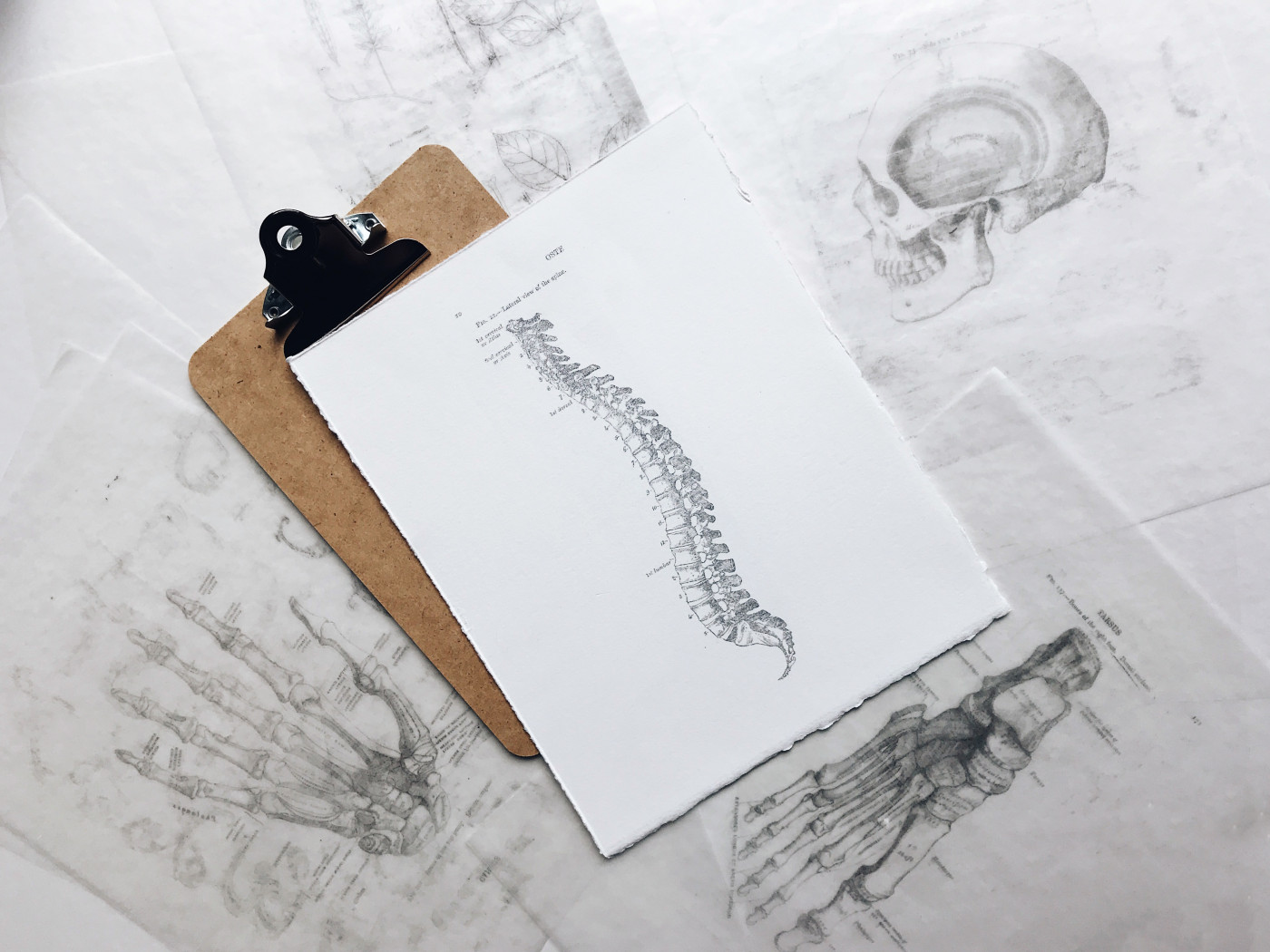Scoliosis Surgery in SMA Children Linked to Permanent Motor Skill Loss, Study Finds
Written by |

Surgery to treat scoliosis may permanently limit the ability of children with spinal muscle atrophy (SMA) type 2 and 3 to perform certain movements, with patients in better physical shape before such procedures experiencing a greater loss of motor skills afterward, a study found.
Clinicians should weigh the benefits and potential permanent risks associated with scoliosis surgery when counseling families about this option, the researchers advise.
The study, “Scoliosis Surgery Significantly Impacts Motor Abilities in Higher-functioning Individuals with Spinal Muscular Atrophy,” was published in the Journal of Neuromuscular Diseases.
Progressive muscle weakness may cause spinal deformities resulting in an abnormal curvature of the spine, or scoliosis, in many patients with SMA. This typically starts during childhood. The muscles of the back become too weak to support the spine’s position and as children grow, gravity pulls down on the spine and curves develop.
Nearly all children with SMA develop scoliosis, although progression is slower in those who are ambulatory (can walk) than in patients who have stopped walking. The condition can interfere with use of the arms and impact a person’s balance while sitting. It also can lead to breathing problems and reflux.
Treatment options range from more conservative methods, such as wearing braces to support the trunk and function of the hands and arms, using assistive devices, and rehabilitation, including physiotherapy, to more invasive strategies such as surgery. The aim in surgery is to lessen the spinal curvature and prevent it from worsening, rather than just treating the symptoms.
Surgical procedures often include a combination of spinal fusion and the use of growing rods or vertical expandable prosthetic titanium ribs (VEPTR). In VEPTR surgery, used primarily for children with severe chest wall deformities, a curved metal rod is used to stabilize the spine and ribs so patients can breathe better.
Undergoing surgery is of “great importance” to patients, the researchers noted. The magnitude of the spinal curvature and how fast it progresses, as well as the patients’ breathing function, age, and skeletal maturity — whether a child is still growing or not — are all important factors for clinicians to consider in deciding when and what type of surgery to preform.
Surgery has reported benefits, and has been shown to improve sitting balance and endurance, ease breathing, relieve back pain, and lessen pelvic obliquity, a condition commonly associated with scoliosis in which the pelvis is uneven.
But it also has cons. Such procedures may limit some movements, leading to a decline in physical abilities, and also carry the risk of complications.
Despite these possible negative effects, the impact of surgery on motor function progression in SMA patients has not been assessed.
To learn more, researchers from several clinical sites in the U.S. now investigated whether steeper motor decline can be a potential complication of scoliosis surgery for children with SMA.
They measured the motor skills of 17 patients — 12 children with SMA type 2 and five with SMA type 3 — ages 5–18, and followed how their motor abilities evolved after having spinal surgery. The children, who had VEPTR or spinal fusion surgeries, were followed for up to 102 months (8.5 years). All were participating in the natural history study of the Pediatric Neuromuscular Clinical Research (PNCR) Network, founded by the SMA Foundation.
The children’s motor function was assessed by the Hammersmith Functional Motor Scale Expanded (HFMSE), an SMA-specific tool that measures gross motor skills, including sitting, crawling, rolling, standing, walking, and jumping.
The scale contains 33 movements that are graded as 0, 1, or 2 points, with a maximum achievable score of 66. A score of 0 represents an inability to perform a certain movement, while 1 represents the ability to perform the movement with some compensation, and 2 represents full ability to do the movement without aid.
Most of the children (15 patients) were able to sit independently but were unable to walk.
In three of the 17 participants, motor skills remained stable with minimal HFMSE changes of 2 points or less after surgery. The remaining 14 children lost more than 3 points on the motor score — a mean loss of 12.1 points — which represents “a clinically meaningful progressive change,” the researchers said.
Nearly half of all participants lost abilities on five functions. Almost two-thirds (64.7%) of the children performed worse at sitting with their legs straight without hand support, while about half (52.9-47.1%) found it harder to bring their hands to their heads while sitting. A total of 47.1% had more difficulty rolling from a supine position — lying on the back, face upward — to a prone one, or laying face down with free arms. Among the children, 58.8% had trouble propping themselves on their elbows with their heads up following surgery, and 47.1% were less able to flex their hip while laying face down.
These changes were evident immediately after the surgery and “were permanent over time,” the researchers said.
In searching for factors that could influence and help predict motor decline post-surgery, the researchers found that patients who had better motor skills (higher motor scores) before surgery were the ones losing more physical abilities right after the procedure.
In contrast, age did not seem to have an influence.
“Scoliosis surgery has an immediate impact on function,” the researchers said.
“Pre-operative motor function can anticipate the degree of functional decline seen immediately post-operatively. Patients with higher motor function scores experience a greater decline and may be at greater risk of a functionally meaningful postoperative loss,” the team said.
Instruments used in the procedure, including those that fixate the pelvis, reduce patients’ flexibility and limit their ability to perform movements that can compensate for that loss, the researchers noted.
“In light of our findings, the long-term benefits and permanent risks should be weighed by clinicians when advising the family regarding the timing and consequences of scoliosis surgery in SMA,” they concluded.






